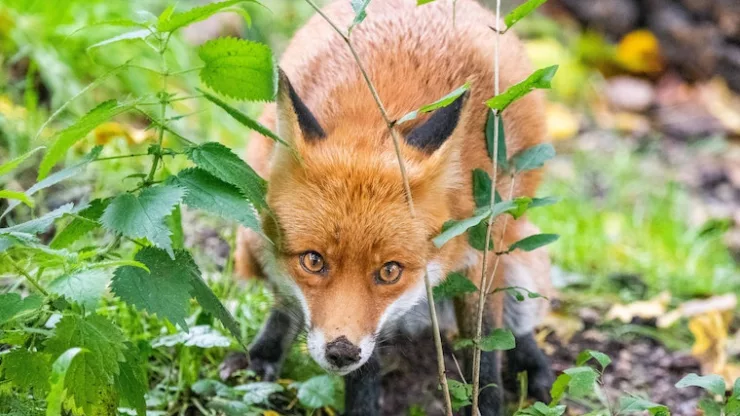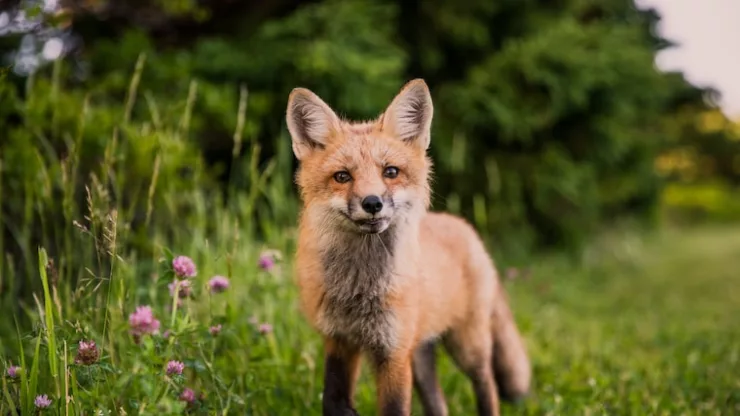Cities are often associated with concrete and steel, but amidst all the rush and bustle, urban wildlife sanctuaries offer a haven of peace and tranquility.
These oases in the city provide a safe space for wildlife to thrive, and they also offer numerous benefits to humans.
In this article, we’ll explore the role and importance of urban wildlife sanctuaries and how they benefit our cities and the environment.
Jump to Section
Urban Wildlife Sanctuaries: A Haven for City Wildlife
Urban wildlife sanctuaries are green spaces within cities that offer refuge to a variety of wildlife, including birds, insects, and small mammals.
These sanctuaries can come in different forms, such as parks, nature reserves, and green belts.
They are designed to provide a natural habitat for wildlife to live, feed, and breed, away from the urban sprawl and pollution.
Examples of urban wildlife sanctuaries include Central Park in New York City, Hyde Park in London, and the Ueno Park in Tokyo.
These green spaces allow people to connect with nature and wildlife, providing a respite from the hustle and bustle of city life.
The Importance of Oases in the Concrete Jungle
Urban wildlife sanctuaries play a crucial role in maintaining a healthy ecosystem in cities. They provide numerous benefits to both wildlife and humans, including:
-
Biodiversity conservation: Urban wildlife sanctuaries offer a habitat for a diverse range of species, helping to preserve biodiversity in cities.
-
Air and water quality: Trees and vegetation in urban wildlife sanctuaries help to purify the air and regulate water quality, reducing pollution in cities.
-
Climate change mitigation: Green spaces in cities absorb carbon dioxide, reducing the impact of climate change.
-
Education and recreation: Urban wildlife sanctuaries provide opportunities for people to learn about nature and wildlife, and they offer a space for recreational activities such as birdwatching and hiking.
How Urban Wildlife Sanctuaries Benefit Humans and Wildlife
Urban wildlife sanctuaries offer numerous benefits to both wildlife and humans.
They provide a safe space for wildlife to thrive, and they also offer opportunities for people to connect with nature and the environment.
Some of the benefits of urban wildlife sanctuaries include:
-
A habitat for wildlife: Urban wildlife sanctuaries provide a habitat for a variety of species, including birds, insects, and small mammals.
These green spaces offer food, shelter, and breeding areas for wildlife, helping to maintain biodiversity in cities.
-
Improved air and water quality: Trees and vegetation in urban wildlife sanctuaries help to purify the air and regulate water quality, reducing pollution in cities.
-
Climate change mitigation: Green spaces in cities absorb carbon dioxide, reducing the impact of climate change.
-
Opportunities for education and recreation: Urban wildlife sanctuaries provide opportunities for people to learn about nature and wildlife, and they offer a space for recreational activities such as birdwatching, hiking, and nature walks.
Creating and Maintaining Urban Oases: What You Can Do
Creating and maintaining urban wildlife sanctuaries is a collective effort that requires the participation of the community, local government, and private organizations.
Here are some ways you can contribute to the creation and maintenance of urban oases:
-
Volunteer: Many urban wildlife sanctuaries rely on the support of volunteers to maintain and manage the green spaces.
Contact your local wildlife sanctuary to find out how you can volunteer.
-
Plant trees: Trees and vegetation are essential for creating a natural habitat for wildlife.
You can plant trees in your backyard or community garden to help create a green space for wildlife.
-
Reduce pollution: Reducing pollution in your city can help to improve the air and water quality in urban wildlife sanctuaries.
-
Donate: Many urban wildlife sanctuaries rely on donations to fund their activities. Consider making a donation to support the conservation of urban wildlife sanctuaries in your city.
FAQ
What types of wildlife can be found in urban wildlife sanctuaries?
Urban wildlife sanctuaries offer a habitat for a diverse range of species, including birds, insects, and small mammals.
How can I get involved in the creation and maintenance of urban wildlife sanctuaries?
You can get involved in the creation and maintenance of urban wildlife sanctuaries by volunteering, planting trees, reducing pollution, and donating to support conservation efforts.
Contact your local wildlife sanctuary to find out how you can contribute.
I’m a nature enthusiast and creator of Metro Wilds and have spent years exploring the great outdoors.
With a passion for environmental conservation and sustainability, I have dedicated my career to writing about the beauty and wonders of nature, as well as the threats facing our planet.
Contact me at [email protected] for assistance.





